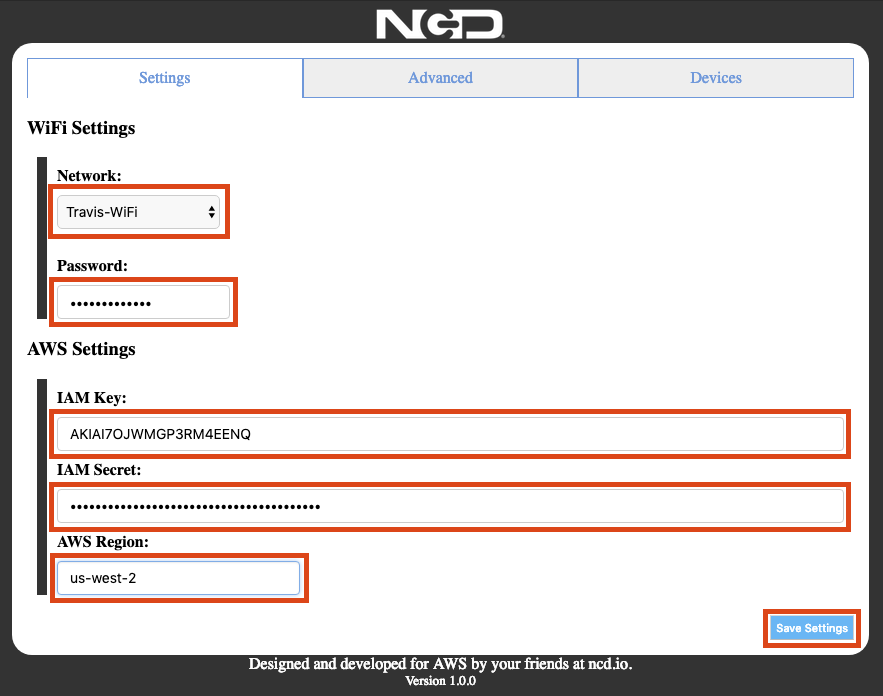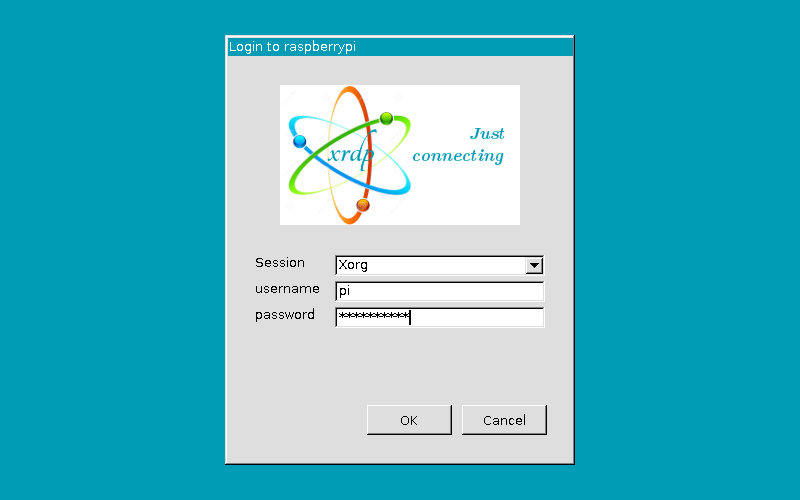In today's digital age, the ability to process large-scale data remotely using cloud-based platforms like AWS has become essential for businesses of all sizes. RemoteIoT batch job example projects demonstrate how to harness the power of AWS Batch to manage complex workflows efficiently. By leveraging these tools, organizations can streamline their operations and improve overall productivity.
Whether you're a developer, system administrator, or IT professional, understanding how remote batch processing works is crucial for optimizing resource utilization and reducing costs. This article will provide a comprehensive guide to implementing remote batch jobs on AWS, complete with real-world examples and best practices.
From setting up your environment to troubleshooting common issues, this guide aims to equip you with the knowledge and skills needed to execute successful RemoteIoT batch jobs on AWS. Let's dive in and explore the possibilities of remote computing in the cloud!
Read also:Taylor And Travis The Breakup That Shook Fans
Table of Contents
- Introduction to RemoteIoT Batch Processing
- Understanding AWS Batch and Its Features
- Setting Up Your Remote AWS Environment
- Creating a Basic RemoteIoT Batch Job
- Optimizing Performance for Remote Batch Jobs
- Troubleshooting Common Issues in RemoteIoT Batch Jobs
- Real-World RemoteIoT Batch Job Examples
- Security Considerations for Remote Batch Jobs
- Cost Management for RemoteIoT Batch Jobs
- Conclusion and Next Steps
Introduction to RemoteIoT Batch Processing
RemoteIoT batch processing refers to the execution of computational tasks that involve handling large datasets or performing repetitive operations on remote servers. This method is particularly useful for industries dealing with Internet of Things (IoT) devices, where data collection and analysis are critical.
Why Use Remote Batch Processing?
Remote batch processing offers several advantages, including:
- Scalability: Easily handle increasing data volumes without worrying about infrastructure limitations.
- Cost-Effectiveness: Pay only for the resources you use, minimizing expenses associated with maintaining on-premises hardware.
- Flexibility: Access and manage your batch jobs from anywhere, ensuring business continuity and flexibility.
Understanding AWS Batch and Its Features
AWS Batch is a fully managed service that simplifies the process of running batch computing workloads on the AWS Cloud. It dynamically provisions compute resources based on the volume and specific resource requirements of your batch jobs.
Key Features of AWS Batch
- Automatic Scaling: Automatically adjusts the number of compute resources based on the workload.
- Integration with AWS Services: Seamlessly integrates with other AWS services like Amazon S3, Amazon EC2, and AWS Lambda.
- Cost Optimization: Offers Spot Instances to reduce costs by up to 90% compared to On-Demand Instances.
Setting Up Your Remote AWS Environment
Before you can start running RemoteIoT batch jobs, you need to set up your AWS environment properly. This involves creating an AWS account, configuring IAM roles, and setting up the necessary infrastructure.
Steps to Set Up Your Environment
- Create an AWS account if you don't already have one.
- Set up IAM roles with appropriate permissions for AWS Batch.
- Configure VPC, subnets, and security groups to ensure secure communication between resources.
Creating a Basic RemoteIoT Batch Job
Once your environment is ready, you can start creating your first RemoteIoT batch job. This involves defining job definitions, submitting jobs, and monitoring their progress.
Read also:Jason Batemans Money Matters Unveiling His Net Worth
Steps to Create a Batch Job
- Create a job definition specifying the container properties and resource requirements.
- Submit the job to the AWS Batch service.
- Monitor the job status using the AWS Management Console or AWS CLI.
Optimizing Performance for Remote Batch Jobs
To ensure your RemoteIoT batch jobs run efficiently, it's important to optimize their performance. This can be achieved by fine-tuning resource allocation, using appropriate instance types, and leveraging Spot Instances.
Best Practices for Optimization
- Use the right instance types for your workload.
- Implement job prioritization to manage resource allocation effectively.
- Utilize Spot Instances to reduce costs without compromising performance.
Troubleshooting Common Issues in RemoteIoT Batch Jobs
Despite careful planning, issues may arise during the execution of RemoteIoT batch jobs. Common problems include job failures, resource contention, and configuration errors.
How to Troubleshoot
- Check job logs for error messages and debug information.
- Verify resource availability and adjust allocations if necessary.
- Review job definitions and configurations for correctness.
Real-World RemoteIoT Batch Job Examples
Understanding real-world applications of RemoteIoT batch jobs can provide valuable insights into their potential. Here are a few examples:
Example 1: Data Analytics
Companies use RemoteIoT batch jobs to analyze large datasets collected from IoT devices, extracting valuable insights to drive business decisions.
Example 2: Machine Learning Model Training
RemoteIoT batch jobs are employed to train machine learning models using data gathered from sensors and other IoT devices.
Security Considerations for Remote Batch Jobs
Security is paramount when running RemoteIoT batch jobs on AWS. Protecting sensitive data and ensuring compliance with industry standards are critical aspects of any cloud-based solution.
Security Best Practices
- Encrypt data both in transit and at rest.
- Implement strict access controls using IAM policies.
- Regularly audit and monitor system logs for suspicious activities.
Cost Management for RemoteIoT Batch Jobs
Effectively managing costs is essential for maintaining a sustainable RemoteIoT batch processing operation. AWS provides various tools and features to help you monitor and control expenses.
Cost Management Tips
- Use AWS Cost Explorer to analyze spending patterns.
- Optimize resource utilization to avoid unnecessary expenses.
- Take advantage of Reserved Instances for predictable workloads.
Conclusion and Next Steps
In conclusion, RemoteIoT batch jobs offer a powerful solution for processing large-scale data in the cloud. By leveraging AWS Batch and following best practices, organizations can achieve greater efficiency, flexibility, and cost savings.
We encourage you to explore further by experimenting with different configurations and scenarios. Don't hesitate to share your experiences and insights in the comments section below. Additionally, consider exploring other articles on our site for more in-depth knowledge on cloud computing and related technologies.
References:
- Amazon Web Services (AWS) Documentation
- Industry Reports and Case Studies
- Technical Blogs and Forums


